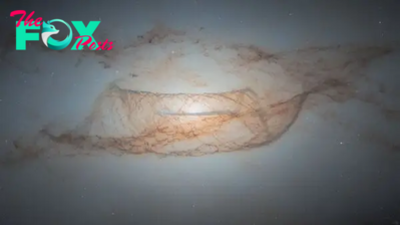Science
James Webb telescope measures the starlight around the universe's biggest, oldest black holes for 1st time ever
Using the James Webb Space Telescope (JWST), astronomers have gotten the first-ever look at the light of ancient stars shining around some of the biggest, brightest and oldest black holes in the universe.
Quasars — galactic cores containing active supermassive black holes — are among the most ancient things in the universe. As dust and gas accelerate toward the quasar's central black hole, the quasar emits such bright radiation — typically a thousand times brighter than the entire Milky Way — that astronomers have a hard time observing the fainter light of stars in the quasar's galaxy. This makes it challenging to study the galaxy's shape and mass.
But for the first time, researchers at MIT have managed to unpick this mixture of signals and detect the faint stellar light from stars in galaxies around some of the oldest quasars in the universe. Their results, published May 6 in The Astrophysical Journal, reveal that, relative to their host galaxies, these ancient supermassive black holes are around 100 times bigger than their counterparts in the nearby universe.
These results were possible thanks to JWST's superior sharpness and resolution. Over 120 hours of telescope time, the team observed six quasars, all estimated to be around 13 billion years old — some of the oldest objects in the universe.
"The quasar outshines its host galaxy by orders of magnitude," lead study author Minghao Yue, a postdoctoral scholar at MIT, said in a statement. "And previous images were not sharp enough to distinguish what the host galaxy with all its stars looks like."
Related: James Webb telescope confirms there is something seriously wrong with our understanding of the universe
Using the improved data from JWST, the team managed to untangle the signals in these ancient galaxies by modeling which light appeared to be coming from a point source (the quasar), and which light seemed to be originating from a more diffuse source (the surrounding stars). With the relative brightnesses in hand, the team then estimated the masses of each quasar and its host galaxy.
-
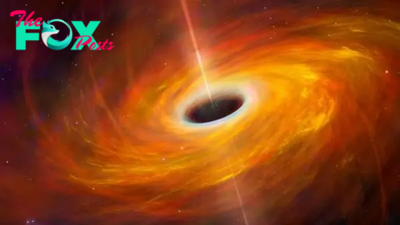
 Science2d ago
Science2d agoScientists discover bizarre region around black holes that proves Einstein right yet again
-
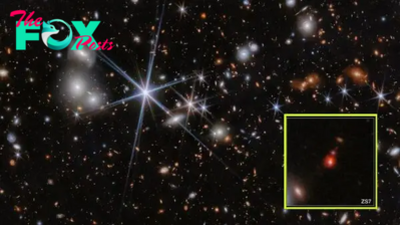
 Science2d ago
Science2d agoJames Webb telescope spots 2 monster black holes merging at the dawn of time, challenging our understanding of the universe
-
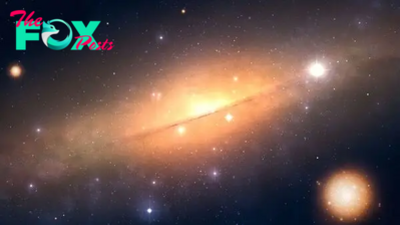
 Science2d ago
Science2d agoSome of the oldest stars in the universe found hiding near the Milky Way's edge — and they may not be alone
-
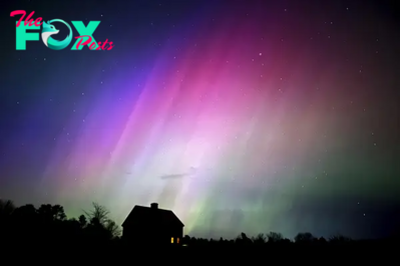
 Science3d ago
Science3d agoSolar Storm Hits Earth, Resulting in Colorful Light Shows Across Northern Hemisphere
-
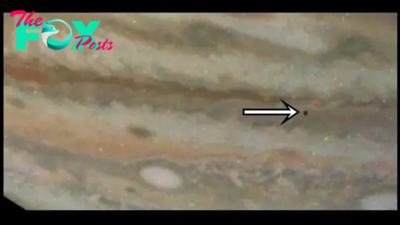
 Science3d ago
Science3d agoJupiter's elusive 5th moon caught crossing the Great Red Spot in new NASA images
-

 Science4d ago
Science4d agoTree rings reveal summer 2023 was the hottest in 2 millennia
-
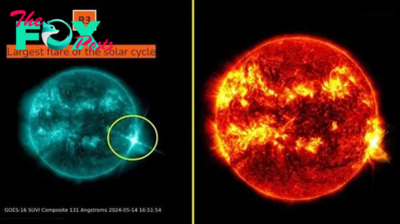
 Science4d ago
Science4d agoSun launches strongest solar flare of current cycle in monster X8.7-class eruption
-

 Science5d ago
Science5d agoStrange, red-glowing planet may be 'melting from within,' scientists report
